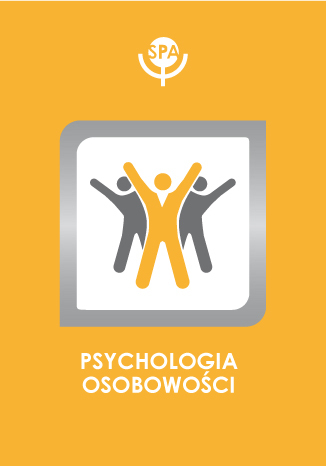Ego-resiliency jako zasób osobisty – narzędzie pomiaru i jego wykorzystanie w badaniach interdyscyplinarnych

Anna Kołodziej-Zaleska, Hanna Przybyła-Basista
DOI:10.14691/CPPJ.24.1.159
Rocznik: 2018 Tom: 24 Numer: 1
Strony: 159-170
The Ego Resiliency Scale ER89 is a well-known instrument to evaluate ego-resiliency. The authors of the original version of ER89 scale (Block and Kremen, 1996) claimed its unidimensionality. However, Alessandri et al. (2007) suggested a two-factor structure comprising Opimal Regulation (OR) and Openness to Life Experiences (OL) subscales. In this paper we present the results of our research on an adaptation of the ER89 instrument to measure ego-resiliency in Poland and a discussion of the two-factor structure assumption. Our findings do not corroborate unidimensionality of the original ER89 measurement scale. The results of explorative and confirmative factor analyses indicate that our version of the instrument has a two-factor structure, similarly as the revised version (ER89-R) proposed by Alessandri et al. (2007). After Alessandri et al. (2007) we call these two factors Optimal Regulation (OR) and Openness to Life Experiences (OL). The adaptation process of the Block and Kremen (1996) scale consisted of two stages and involved 1170 respondents in total. Our version of the questionnaire (ER89-R12) is shortened and finally includes 12 items. Its psychometric properties (reliability, stability, validity) are satisfactory. The potential usefulness and applicability of the ER89-R12 scale is discussed.









 Pobierz pełny tekst
Pobierz pełny tekst



